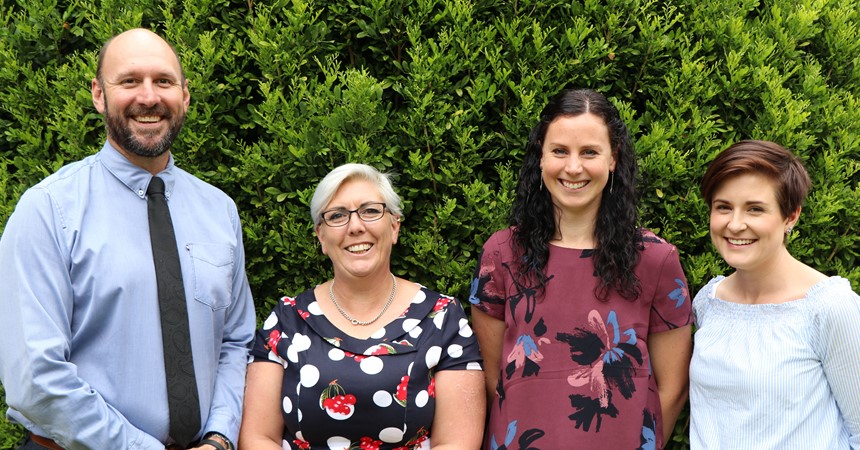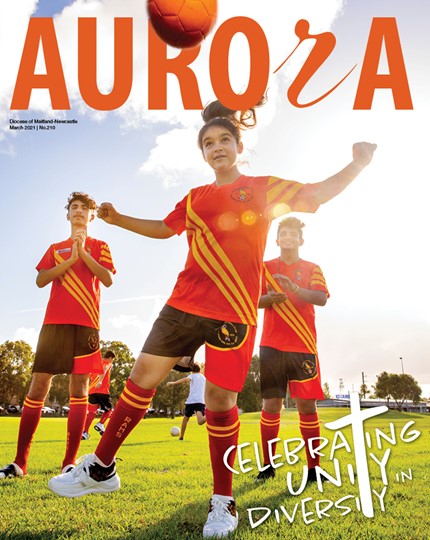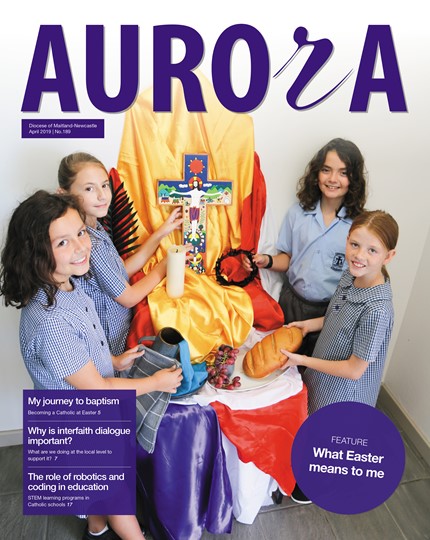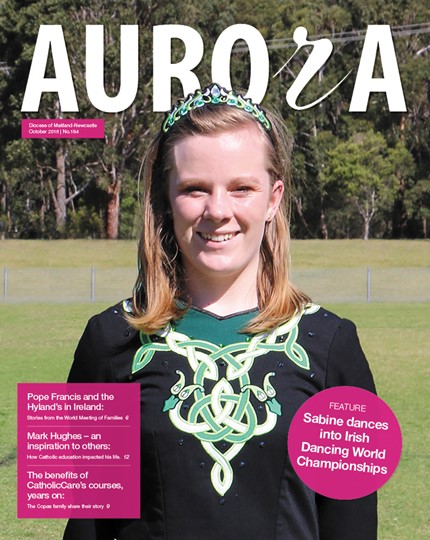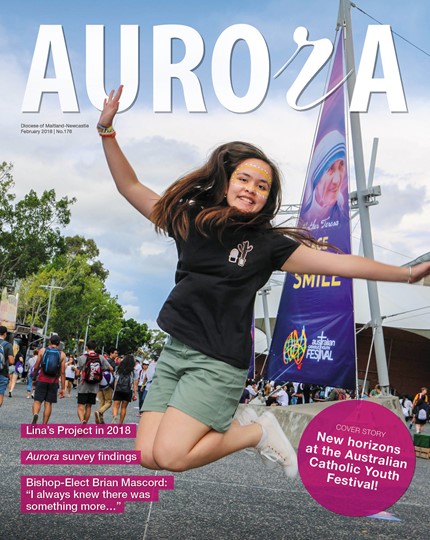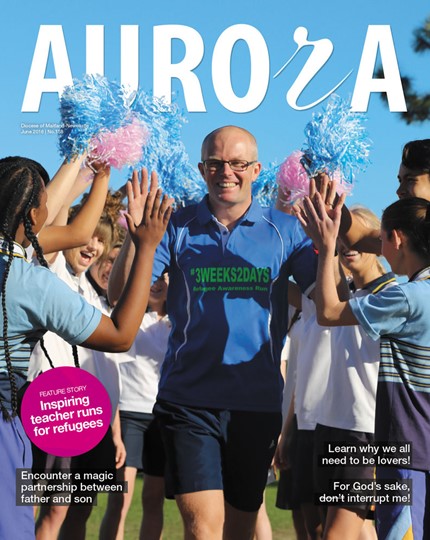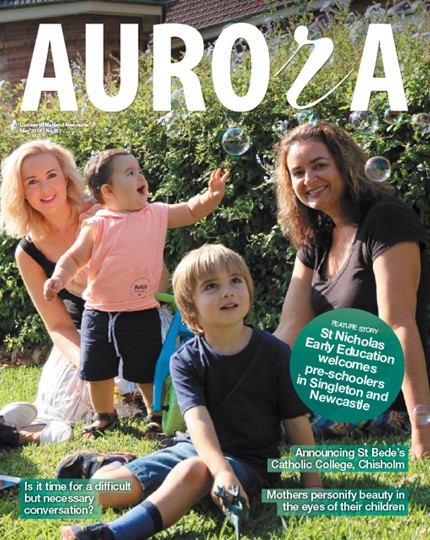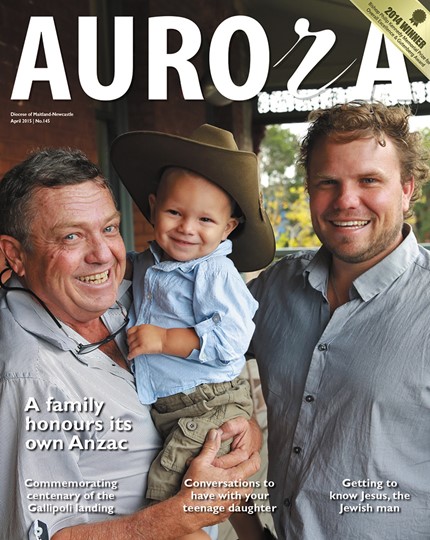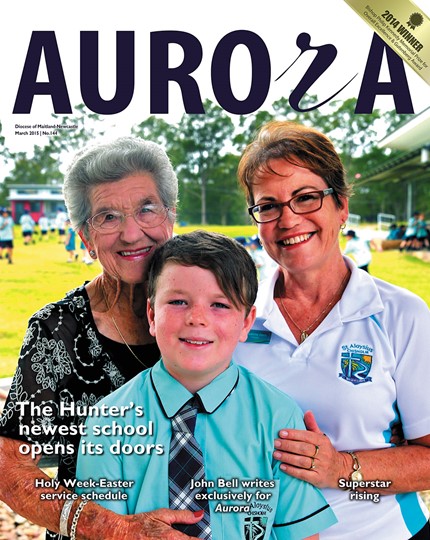The 2016 Vision Statement for Catholic Schools, At the heart of everything there is always Jesus Christ, provides a framework for teachers to help them achieve this goal through high-quality teaching practices to provide opportunities for all students to excel, engage and exceed expectations in their learning.
Last year, the Catholic Schools Office (CSO) identified a need to review and enhance its policies in relation to the field of gifted education to ensure the needs of high-ability students were being met in accordance with the Vision Statement.
Following an extensive consultative review, a new strategic approach to gifted education in the diocese was developed and is being introduced in stages across the system. Phase 1 of the program is being implemented in certain nominated schools.
The field of gifted education has been the subject of much research over more than a century, resulting in a rich and diverse range of literature relating to aspects such as identification of giftedness and specific educational programs or interventions to optimise learning opportunities.
While debate continues for gifted educational best practice, researchers and practitioners in the field acknowledge that the failure to identify and appropriately cater for the needs of gifted learners can have significantly negative academic, social and emotional impacts on individuals and society as a whole.
While estimates about the number of gifted students across school populations vary, research suggests that the cohort is significant and up to 10% under the model of renowned giftedness and talent scholar, Françoys Gagné’.
With such numbers and given that children have the right to be educated to their full potential, new policies and procedures have been put in place to recognise and respond to the needs of these children.
The CSO, and most educational institutions in Australia, has adopted Professor Gagné’s Differentiating Model of Giftedness and Talent (DMGT) as its model for gifted education. Professor Gagné has been recognised internationally for his theory of talent development, having devoted most of his research and teaching activities to the field of giftedness.
Gagné refers to “giftedness” as the existence of high-ability, while “talent” refers to the systematic development of this ability into high-level achievements. Understanding these concepts explains why the existence of high-ability alone does not produce high achievement.
Under Gagné’s model, high ability is the primary component of “giftedness”, but other factors are identified as being influential in the development of “talent”.
The purpose of gifted education is to identify “giftedness” in students and to provide appropriate educational programs and interventions to enable development of “talent” to achieve potential.
Gifted students vary in terms of the nature and level of their abilities, requiring a range of identification strategies and educational interventions to ensure students are being appropriately challenged and developed, intellectually and emotionally.
The system’s new gifted education policies and procedures have been designed to fulfill this requirement.
The new approach also provides an appropriately resourced model for best practice professional development for teachers and for monitoring and evaluation based on student data relating ability and achievement.
As mentioned earlier, phase one of the new strategy is being implemented in several of our schools. Nominated secondary and associated primary schools have formed clusters and are identified as Gifted Education Lead Schools (GELS).
These schools are trialling identification processes and appropriate educational interventions. The focus is on a continuum of identification and learning, K-12. These schools will be sharing their experiences and outcomes with other schools across the system.
Principal at St Columban’s, Mayfield, Jennifer Crichton, said, “The GELS project has given us the opportunity to educate staff further in identification and differentiation for gifted students. We have enjoyed working with Corpus Christi and San Clemente to share learning and ideas to strengthen our already existing partnership.
“We share a Dominican foundation which promotes attention to study as one of its pillars and a common goal of ensuring that all students in our schools achieve their full potential.”
Within these nominated schools, a new role of Gifted Education Mentor (GEM) has been created to support gifted learners and to work with teachers.
Each of the GELS also has a gifted education committee, including Principal and/or Assistant Principal and GEM. The role of the committee is to lead the identification process and support teachers in providing appropriate strategies to assist students.
Principal of St Pius X High School, Robert Emery, has observed, “The strategic focus on gifted education is already causing teachers to rethink their fundamental beliefs about who our gifted students are and how best to teach them. This change of mindset will result in better pathways for our gifted students through their school lives.”
Later this year, representatives from each of the GELS will gather to share their learnings for the year and to evaluate the initial identification processes.
Professional learning in gifted education has been provided to all principals and assistant principals as well as members of the CSO leadership team and education officers. All members of the gifted education committees have attended several professional learning workshops.
The key components of the Gifted Education K-12 policy and strategy are:
- Leadership commitment
- Identification and use of data
- Capacity building of staff
- Targeted strategies for gifted pedagogy
- School-wide and cluster approach to gifted education.
“The GELS program allows teachers to focus on the importance of differentiation and better cater for our gifted students in Catholic schools. It will continue to support our students and their families into the future on their educational journey, as we recognise students’ potential and foster their talents,” said principal of St Therese’s, New Lambton, Duilio Rufo.
As the CSO Education Officer in Gifted Education, I look forward to working with all the schools in the diocese during this exciting new era of learning.
|
GIFTED LEAD SCHOOLS – REGIONS |
|||
|
Central |
Manning |
All Saints |
North |
|
St Pius X, Adamstown Holy Family, Merewether Beach St Joseph’s, Merewether St James’, Kotara South St John’s, Lambton St Therese’s, New Lambton |
St Clare’s, Taree Holy Name, Forster
|
ASC St Mary's Campus, Maitland ASC St Peter’s Campus, Maitland St John the Baptist, Maitland St Joseph’s, East Maitland
|
San Clemente, Mayfield St Columban’s, Mayfield Corpus Christi, Waratah
|
Sally Brock is Education Officer (Gifted Education) at the Catholic Schools Office.
To share what you think of Aurora, complete survey here.
